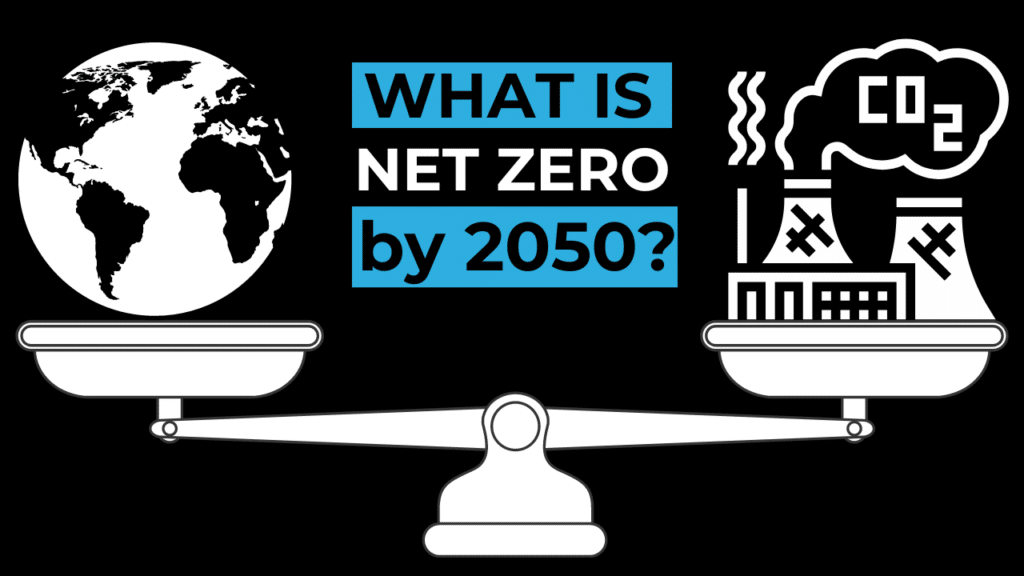
It’s getting hotter.
When we sit down to write these articles about the solar industry, we try to put ourselves in the mind, body, and spirit of our readers. We start with addressing the problem you’re facing, then we educate you with our expertise to address that problem.
The problem today is that it’s getting hotter.
At Penrith Solar Centre, we are doing everything in our power (no pun intended, this is not a time for puns) to encourage, energise, and educate Australians about solar energy. Renewable energy solutions are literally the only thing humanity currently has in its arsenal in the fight against the weather. A fight that we started in the 1800s with the Industrial Revolution.
This is a critical decade for climate action. And we’re almost halfway through it. And we haven’t really done very much.
In this article, you will learn:
- What was the Paris Agreement in 2015?
- Why Do We Need Net Zero?
- What Does Net Zero Emissions Mean?
- What is the Difference Between Net Zero and Carbon Neutrality?
- Is the World on Track to Reach Net Zero by 2050?
- How Can Australia Reach Net Zero?
By the end of this article, you will understand the big picture of this conversation and why it’s important to have it.
What was the Paris Agreement in 2015?
The Paris Agreement is a global treaty that is still in effect today. Most countries have signed it. Its purpose is to reduce pollution that’s causing climate change.
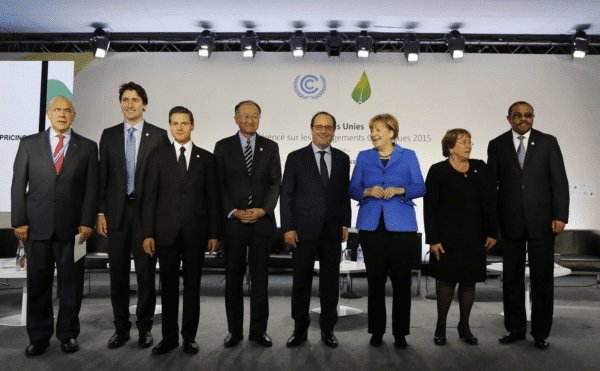
Australia signed it and is one of the few countries acting beyond their pledge. Here’s what you need to know:
Objective: The main goal of the Paris Agreement is to slow down global warming. The treaty is specifically trying to low down the rapidly increasing average global temperature. We need it to remain below 2 degrees Celsius for life as we know it to continue.
Parties: Almost every country in the world has signed the Paris Agreement. This includes the worst polluters like the United States, China, and India, as well as smaller nations. Each country sets its own targets for reducing greenhouse gas emissions.
Nationally Determined Contributions (NDCs): Under the Paris Agreement, countries submit their NDCs. These are pledges that explain their plans to reduce emissions. NDCs are not legally binding, they’re just promises to act on climate change.
Transparency and Accountability: The Paris Agreement includes mechanisms for transparency and accountability. Countries are required to regularly report on their emissions and progress towards their NDCs (pledges and promises). It should be noted that there is no consequence for countries that don’t follow through on the pledges and promises (besides the catastrophic consequences of unchecked global warming).
Finance and Support: The wealthy countries of the world have pledged to help developing countries transition to low-carbon economies. This is about helping other countries build up infrastructure for stuff like solar energy or wind farms. The money they’re donating is also intended to help with other climate change impacts like relief support after a hurricane in the off season.
Why Do We Need Net Zero?
We need Net Zero by 2050 for the following reasons:
Climate Change: Climate change is happening right now. Rising temperatures caused by burning fossil fuels led us to the extreme weather events we’re experiencing (flooding and droughts). Net Zero slows down extreme weather by reducing the greenhouse gases that trap heat in the atmosphere.
Protecting Ecosystems: Ecosystems and habitats are fragile enough to be severely disrupted by even slight changes to climate. For example, bees pollinate plants that give us fruit and vegetables. But disruptions to their natural ecosystem put the entire planet in danger. If there are no bees, there’s no grain or produce. Contrary to what your stubborn toddler will tell you at the dinner table, we need vegetables.
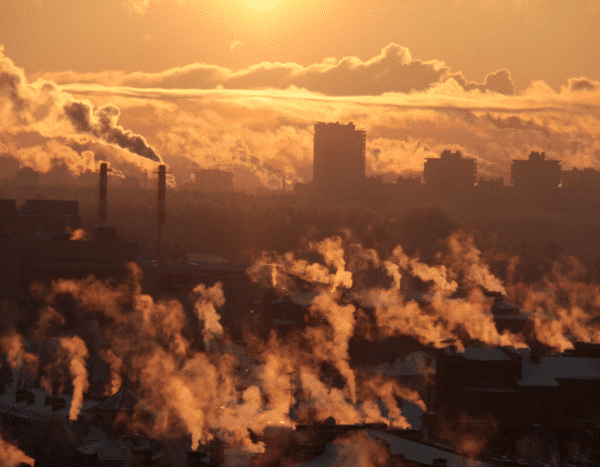
Economic Benefits: Investing in renewable energy creates jobs and stimulates economic growth. It will be a new economy with new opportunities in industries like solar energy, wind energy, and energy efficiency.
Energy Independence: Relying on fossil fuels makes us dependent on other countries for our energy needs. Renewable energy sources like solar power can be generated here, reducing our reliance on imported fuels. Renewables are so much cheaper too.
Global Leadership: This is one that applies to Australians. We’re leading the way in Net Zero worldwide. 30% of our rooftops have solar systems on them, and Prime Minister Albanese recently announced a $1 billion commitment to building renewable energy manufacturing infrastructure. No other country is remotely close to approaching the initiatives Australia has put into place. The world is watching to see what we do next. We’re already a leader in this space.
Learn about energy independence!
What Does Net Zero Emissions Mean?
“Net zero emissions” is a phrase that describes a balance between greenhouse gas emissions produced and those prevented from going up into the atmosphere.
Our world lives in a delicate balance and emitting greenhouse gasses over time tipped the scales.
Think of Net Zero as the scales you see marble women holding in the old statues in a courthouse. The goal of Net Zero is to eliminate or offset all greenhouse gas emissions, resulting in a net zero impact on the climate.
We’re working to restore that balance.
These are the areas of focus that will bring us to Net Zero by 2050:
Reduce Emissions: We need to cut down on the amount of greenhouse gases we produce. This includes carbon dioxide (CO2), methane (CH4), and nitrous oxide (N2O). We can do this by using cleaner energy sources like solar power, wind energy, and hydropower.
Offset Emissions: Even with efforts to reduce emissions, some greenhouse gases will still be released. To balance this out, we need to remove an equivalent amount of greenhouse gases from the atmosphere. Trees remove greenhouse gases from the atmosphere. Planting trees or restoring other ecosystems by just letting plants grow instead of building yet another office park helps dramatically.
Renewable Energy: One of the only ways to achieve Net Zero is by transitioning to renewable energy sources. Solar, hydro, and wind power. By investing in renewable energy, we reduce our reliance on fossil fuels.
Energy Efficiency: The less energy you use, the less resources are spent on energy. Sounds like a no-brainer, but here we are. We need to use energy more wisely and reduce waste. By upgrading to energy-efficient appliances or insulating buildings better, we can lower our overall emissions. Please remember to recycle.
Transportation: Transportation is a major source of greenhouse gas emissions. In the coming decades, we’ll fully transition to electric vehicles, improve public transportation, and do a lot more walking and biking.
Global Cooperation: Getting to Net Zero requires everyone working together. Everyone in the world. Literally everyone. Countries, businesses, and individuals all have a role to play.
What is the Difference Between Net Zero and Carbon Neutrality?
There is a fair amount of misunderstanding in the media about the difference between Net Zero and Carbon Neutrality. They are different from each other. Here’s the breakdown:
Net Zero: As we mentioned already, it’s about achieving a balance between the greenhouse gases emitted into the atmosphere and those removed from it.
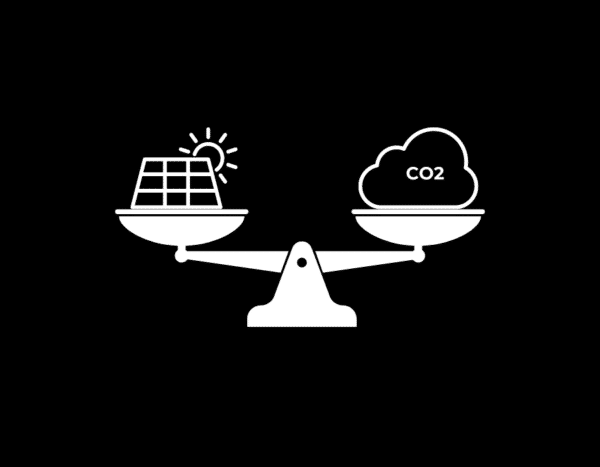
Carbon Neutrality: Carbon Neutrality is narrower. It’s solely focused on CO2 emissions. It’s about achieving a balance between the emissions of carbon dioxide (CO2) and the removal of CO2 from the atmosphere. Net Zero encompasses all greenhouse gasses, not just carbon dioxide.
Flexibility: The biggest difference between the two is that Net Zero allows for flexibility in how emissions are reduced and how remaining emissions are offset. It recognises that different countries or regions may face unique challenges. Carbon Neutrality, being more specific to CO2 emissions, is less flexible.
Is the World on Track to Reach Net Zero by 2050?
No. Absolutely not.
Australia is an outlier and has planned and legislated action that our national community is working towards. Our report card is exceptional.
Unfortunately, our efforts are not enough. We’re 26.01 million people out of 7.951 billion people. We need more than 0.32% of the planet to be on board with this.
Progress: A few countries and companies are making strides towards Net Zero. They’re investing in renewable energy like solar power and implementing policies to reduce emissions. This progress is encouraging but probably not enough.
Emissions Reductions: While emissions have been reduced in some sectors, they continue to rise in others. Transportation, industry, and agriculture are significant contributors to greenhouse gas emissions.
Policy and Commitments: Many countries have set targets for reducing emissions and achieving Net Zero. Not many of these targets are ambitious enough or backed by funding and infrastructure. Stronger policies and following through on them is needed.

Technological Innovation: Advances in technology, such as carbon capture and storage, might be useful in achieving Net Zero. Unfortunately, these technologies are still in the early stages of development. More investment and research are needed to scale up these technologies and make them cost-effective. Until then, we only have trees. Go plant one.
How Can Australia Reach Net Zero?
Invest in Renewable Energy: Australia has a lot of renewable energy resources, especially the irradiation we receive from Earth’s yellow sun. During our summer months, Australia is closer to the sun than summers in Europe or North America. This is due to the way the Earth orbits the sun.
Additionally, Australia has a hole in the ozone in the sky above us. The atmosphere can’t block the UV intensity as well as it can above other continents. Australians are exposed to up to 15% more UV than the rest of the world. Solar energy is a no-brainer. The sun is brighter here.
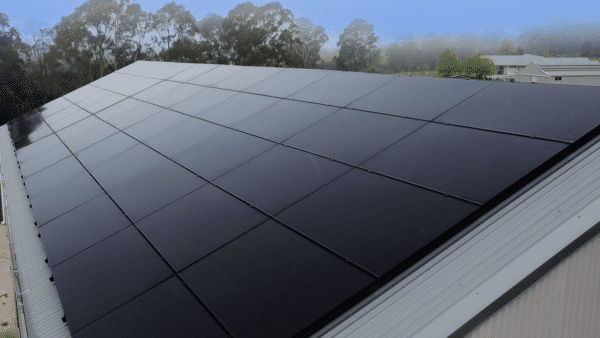
Investing in renewable energy resources will reduce our reliance on fossil fuels and lower greenhouse gas emissions.
Transition Away from Coal: This one is a great big “duh” to us. Coal is a major contributor to Australia’s greenhouse gas emissions. We need to phase out coal-fired power plants and replace them with renewable energy infrastructure.
If you’re interested in reading a bit more about what the federal government is doing to help phase out coal, you might want to check out the following article titled, Albanese Announces $1 Billion Solar SunShot Manufacturing Program and Rebrands the Net Zero Economy Agency.
Electrify Transportation: Combustion engines in cars create exhaust and emissions. We need to expand public transportation options to help reduce emissions from cars and buses.
Promote Innovation and Research: Investing in research and development of new technologies and solutions for reducing emissions is essential. We really need to support scientists and engineers. They know this stuff inside and out and so much better than we do.
Conclusion: Where Do We Go from Here?
The increase in Net Zero commitments from countries and corporations shows that leaders are starting to recognise the importance of our climate crisis. So far, their commitments align with global temperature goals.
However, integrating Net Zero into social, political, and legal frameworks isn’t happening fast enough. Net Zero commitments don’t replace the need for immediate action.
Not all aspects of Net Zero are fully understood by everyone. Incredibly smart people are working on this problem, and they need our support. The science shows that Net Zero is necessary to stabilize global temperatures.
The solution won’t come from any one of us working by ourselves. We needed aggressive cooperation decades ago.
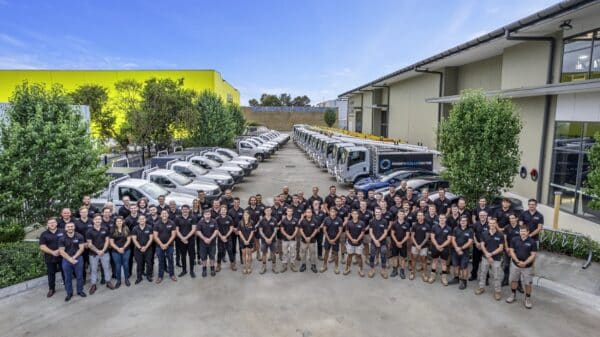
If you’d like to learn a bit more about what Australia is doing (and what the rest of the world should do to follow our example), you might want to check out this page on the recently formed Department of Climate Change, Energy, the Environment, and Water (DCCEEW) titled, Net Zero. It’s got some truly helpful and informative links.










